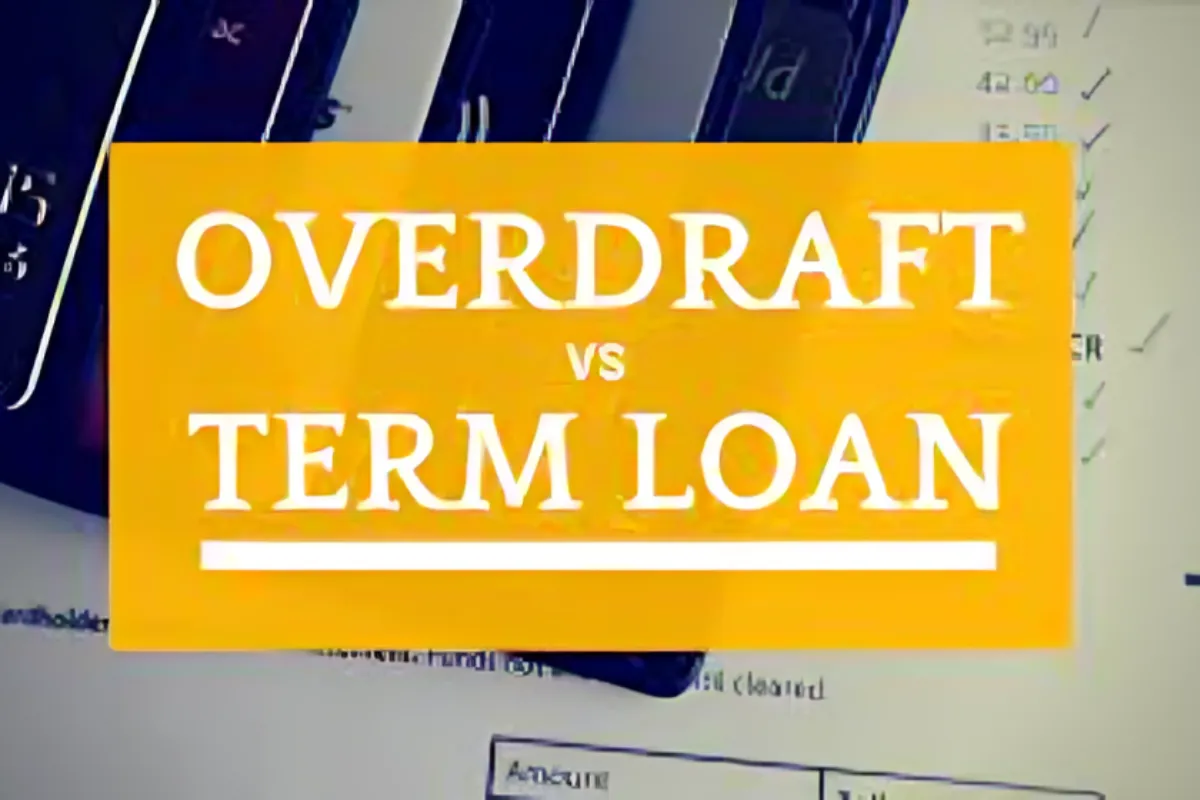Term Loan vs Overdraft: Dealing with unforeseen financial needs can be stressful, prompting the crucial question of how to secure a substantial sum quickly. In such situations, understanding the differences between term loans and overdrafts is vital to make an informed decision.
Understanding Term Loans
When considering term loans, you receive a one-time lump sum for specific purposes, such as buying a home or car. Repayment occurs through fixed monthly installments (EMIs) over a predetermined period, typically spanning several years. These loans may require collateral or rely on creditworthiness. Interest rates are usually fixed, making them lower than overdrafts. Term loans cater to various needs, from smaller amounts for home improvements to more significant sums for debt consolidation or major purchases.
Overdraft Explained
Contrary to common misconceptions, overdrafts differ from conventional loans. Instead of a lump sum, overdrafts provide a predetermined credit limit that you can use as needed. It’s a flexible credit option associated with your checking account, with interest payments applicable only to the utilized amount and its duration. Overdrafts offer repayment flexibility and accrue interest differently than term loans.
Key Differences Between Term Loans and Overdrafts
- Interest Calculation:
- Term Loan: Interest applies to the entire loan amount from the moment you receive funds.
- Overdraft: Interest is levied exclusively on the withdrawn amount and for the duration it is utilized, usually with a daily interest rate.
- Repayment Duration:
- Term Loan: Fixed repayment periods ranging from five to 20 years or longer.
- Overdraft: No fixed duration; repayment within the approved limit is flexible.
- Tax Implications:
- Term Loan: Eligible for tax exemptions on specific loan types under the Income Tax Act.
- Overdraft: No tax deductions apply to overdraft repayments.
Choosing Between Term Loans and Overdrafts
Deciding between a term loan and an overdraft depends on your individual needs and circumstances. If you require a substantial amount for an extended period, a term loan is generally more suitable. It allows for larger sums, predictable fixed interest rates, and extended repayment periods, reducing overall interest costs.
However, for smaller amounts needed for shorter durations, an overdraft provides flexibility and is suitable for addressing short-term cash flow gaps or unexpected expenses. Evaluate factors such as required amount, ability to repay, creditworthiness, and interest rates before making a decision. Whether opting for a term loan or an overdraft, careful consideration ensures a financially sound choice aligned with your unique circumstances.
Keep watching our YouTube Channel ‘DNP INDIA’. Also, please subscribe and follow us on FACEBOOK, INSTAGRAM, and TWITTER
